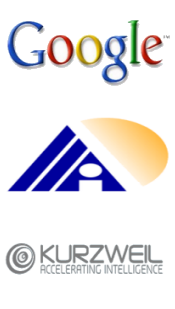Abstract: Florin Popescu
What is Dexterity?
Florin Popescu
While all intelligent species (e.g. primates, cetaceans) exhibit a high degree of motor ability, humans are unique in their high degree of manual skill and exhibit tool making throughout their late evolution from hominids. Spontaneous and ubiquitous use of motor actions such as gestures, facial expressions and language itself set humans apart, although other species can also communicate in clan specific dialects, cooperate, deceive and plan. Likewise humans are unique in their ability to understand complex visual scenes and to recognize and recall complex sensory patterns. Whether linguistic ability (grammar), motor skill (dexterity) or perception acuity constitute the crucial evolutionary step that lead to AGI is still a matter of open debate, towards the resolution of which it may be hoped that artificial AGI development will provide circumstantial but compelling
evidence.
Notably, no current artificial system exhibits anything near human-level dexterity although artificial motors are more powerful and precise than muscles. Certain common defining characteristics of dexterous behavior and associated morphology in biological systems are outlined and a formal definition of dexterity is presented which frames this ability in measurable (algorithmic) terms. Finally a possible roadmap to robot dexterity will be proposed which integrates concurrent AGI developments in computational linguistics, planning, hierarchical learning and artificial vision.
